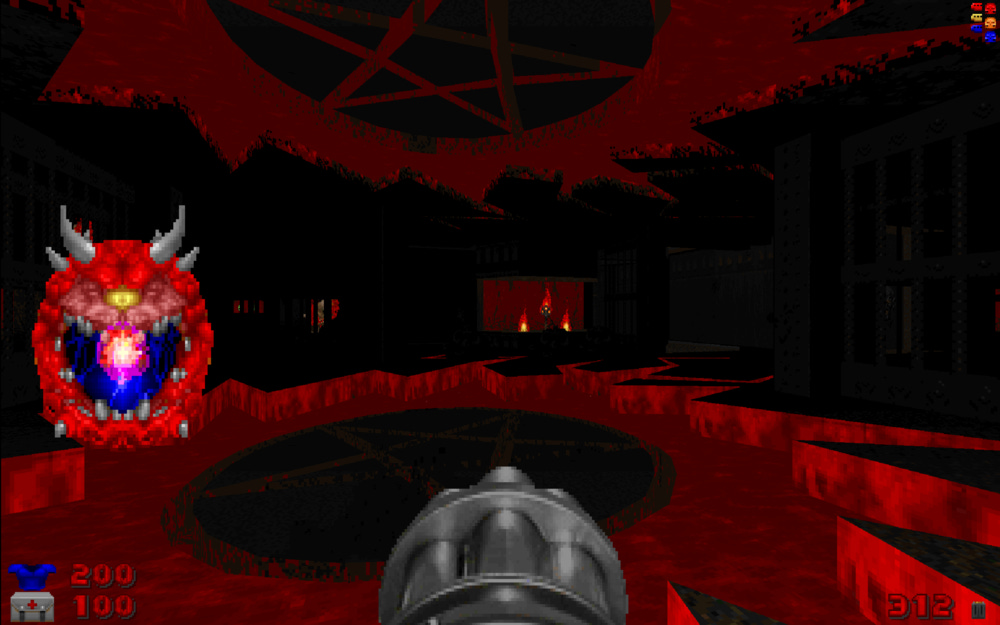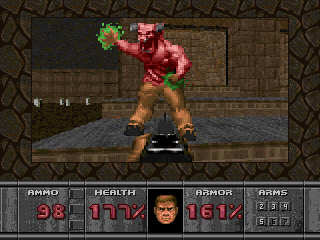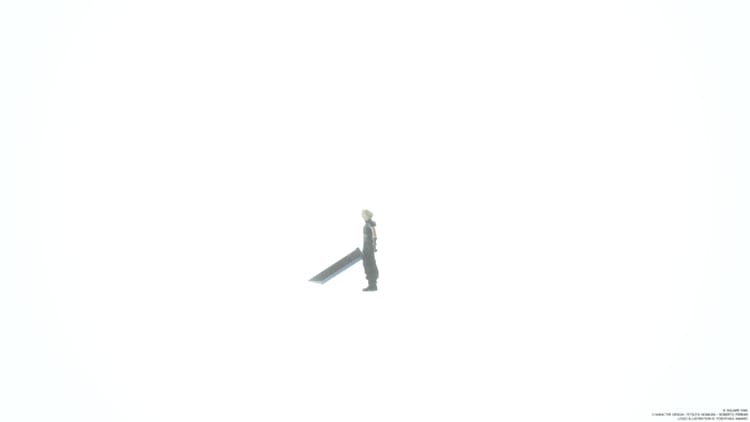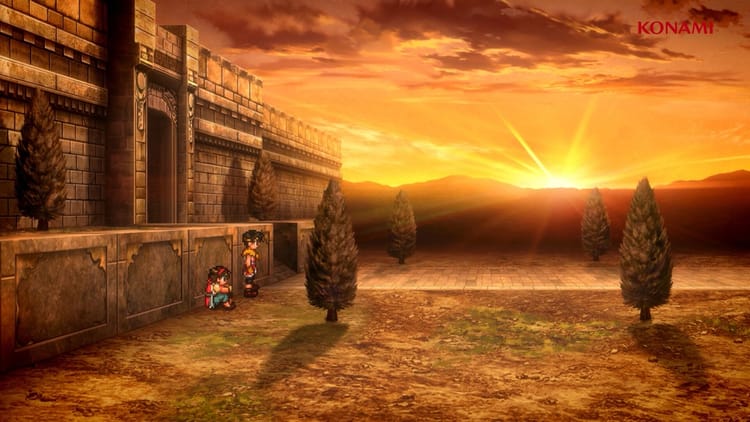Astrolabe Feature: 30 years on, DOOM remains supported like no other

Oftentimes — far more often than should be the case, even — video games are released, and then forgotten about. They slip away as new releases hit and the cycle of coverage, as well as the people buying and playing games, move on. They end up locked onto whatever platform they first released on, and aren’t ported to new ones, or re-released. And sometimes even when they are re-released, they end up removed from digital shops, or available in physical form once more but only from a limited-edition distributor, at a price that’s not exactly a reprieve from what you’d find on the secondary market for an older or original copy.
This has never been the case with id Software’s 1993 masterpiece, DOOM. It was released as shareware, with the first episode, Knee Deep in the Dead, available for a low price, and then the game’s other two episodes needed to be unlocked with a further purchase. It was designed to be modded, to be hacked, which is no surprise given the scene that DOOM Engine designer John Carmack hailed from, and fans of the game answered the challenge of doing so, to the point it worried the more business-oriented portion of id’s offices, in the sense they wondered if this freedom was going to cause the studio to be inessential to the experience.
DOOM was ported from computers to consoles, then, as the technology improved, to newer computers and newer consoles, and more powerful handheld systems than existed in 1993. It’s been thrown in as a bonus for newer DOOM games at no extra charge, it’s been re-released with enhancements and upgrades and new control schemes at a low, low price. And now, 30 years later, DOOM runs at 60 frames per second, in high-definition, on the hybrid handheld system, the Nintendo Switch. DOOM is always available, and always improving, which makes it unlike other games in just one more way than it already was.
What’s wild about DOOM’s persistence, though, is not that id or Bethesda or Zenimax or now Microsoft make sure it’s always available, and that it receives the latest technological updates and upgrades to make sure this hellish (complimentary) slice of ‘93 remains playable and enjoyable for a modern audience. It’s that DOOM receives loads of support, both official and unofficial, that keeps it not just around, but relevant and fresh. The community that sprung up around DOOM in its early days, to make modded levels and hacked levels and to build entire new ones — to make new WADs, as the data package for DOOM and DOOM II levels is known as — still exists today. DoomWorld is a community meant for this very thing, for discussions around DOOM and mods and the ever-growing slate of DOOM content to experience, and they even have their own awards for the best efforts in this field — the Cacowards, named for DOOM’s infamous one-eyed, fireball-spewing Cacodemon.

DoomWorld doesn’t just exist as a place for fans to continue to work on or discuss mods and hacks (or to be introduced to the nuances and depth of DOOM itself: not everyone who wants to play was around when it first released), but id itself has taken notice. Cacoward winners have ended up as add-ons available to download and play on even the console editions of DOOM in the present. There’s actually no difference in how they’re presented than from the two episodes of id’s 1996 release, Final DOOM, which is not available at retail for purchase anymore, but is now just an add-on like anything the community created that made its way to the Switch, Xbox Series S|X, and Playstation 5 in the present. As Final DOOM’s origins reside in an unofficial episode developed by modding collaborative TeamTNT that gave them the opportunity for an official second episode with id as publisher, there’s something fitting about that lack of distinction. A respect that implies that all of this, whether it’s direct from id’s developers or simply received their blessing, is all DOOM.
John Romero was one of the creators of DOOM, and also the designer of a fair share of the original’s levels, as well as some of its sequel, too. While he left id ages ago, well before DOOM 3 released, he still participates in these unofficial episode and level creations in the present. Sigil is the unofficial fifth episode of the original DOOM, a continuation of that game’s story that delves deeper into Hell and serves to bridge the first game to the sequels’ return from Hell to Hell on Earth. While it was initially an independent release published by Romero Games, it was eventually made available to the console versions of DOOM through an official patch from Bethesda, as well. A second episode, Sigil 2, is expected to release sometime in 2023 to commemorate the game’s 30th anniversary, and the expectation is that this will be treated as officially as the first one was. id themselves might not be releasing new episodes of DOOM, no, but there’s an interest in keeping the game, and its community, alive in more ways than by simply ensuring the base game remains available each new console generation.

And there’s still plenty of life in the unofficial realm, too. Scientist is a 2005 add-on patched into the console versions of DOOM (and DOOM II) as of August 2023. DOOM for the Sega 32X add-on was famously not given enough time to develop the way it should have — which is pretty much the story for the entire 32X experience — but it’s received unofficial support over the years to attempt to turn it into the game it could have been, had it been able to remain in development long enough to sort out the various issues at hand. DOOM 32X Resurrection is the title of a project that has seen multiple revisions, the most recent of them also in August of 2023, that has added in new sound drivers, missing bosses like the Cyberdemon and Spider Mastermind, added support for six-button Genesis gamepads, the ability to adjust screen resolution, music, enhanced textures, and, maybe most importantly, enemy sprites that can turn around like in the original release of DOOM, so they aren’t always focused on killing just you. It’s a wildly impressive project that keeps building on a version of DOOM that basically no one owned, because basically no one had a 32X in the first place. That’s dedication, and it’s the kind that continued support of DOOM has inspired.

And it’s not all that DOOM has inspired, either. Along with No Cartridge’s Trevor Strunk and a team of freelancers, I’m working on a digital book titled DOOM at 30: The Unofficial and Unauthorized Guide to Three Decades of Ultra-Violence. We have a Kickstarter campaign going to crowdfund the creation of this book, and we need your backing to get it made. If you have any interest in DOOM, be it the game or the franchise as a whole, if you have any interest in supporting independent media, then for as little as $1, you’ll receive a copy of DOOM at 30 and make it that much more likely it exists in the first place.
DOOM at 30 will feature reviews of every DOOM game — mainline, spin-off, mobile releases, all of it — as well as the pair of DOOM movies, and a slate of features from our incredible team of writers. There’s original art along with all of this game criticism, too, but as said, we need your help to be able to produce all of this.
is the author of , a video game newsletter that goes in-depth on the classic (and not so classic) games of the past. He’s a frequent contributor to Paste Magazine, with game bylines at Defector and Polygon.
Support
There are lots of ways to support Astrolabe and my other work. Check ‘em out!
Keep In Touch
Enjoy Astrolabe? Want more SFF and retro gaming goodies? You can find me on Twitter and my website.
Credits
Astrolabe banner photo by Shot by Cerqueira on Unsplash





Member discussion